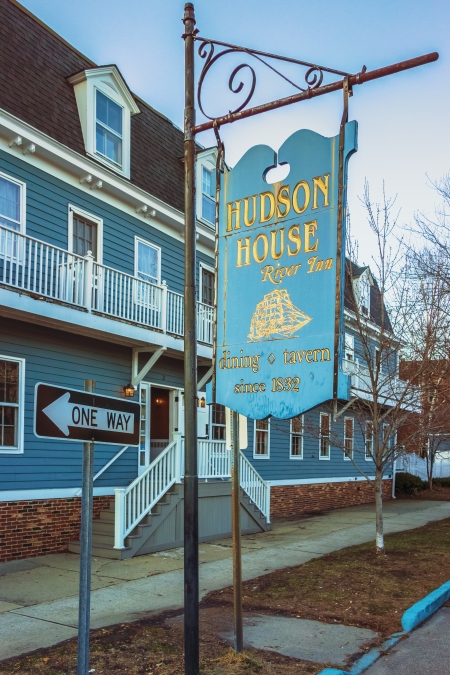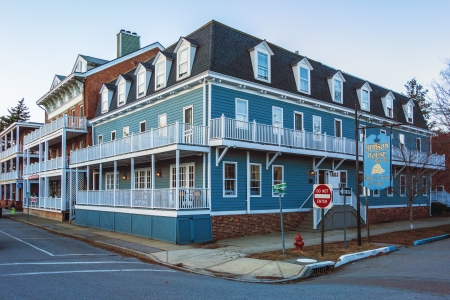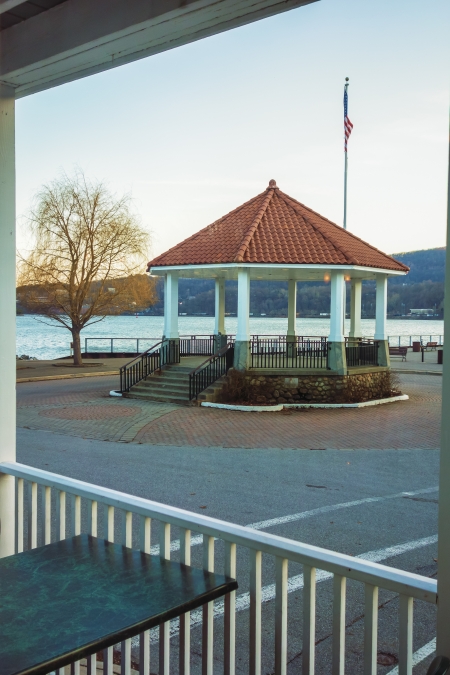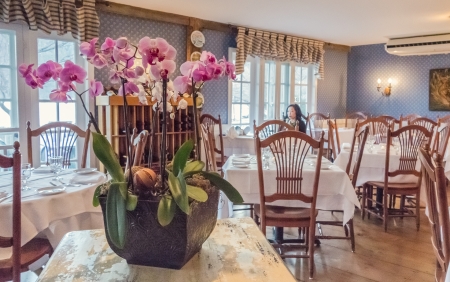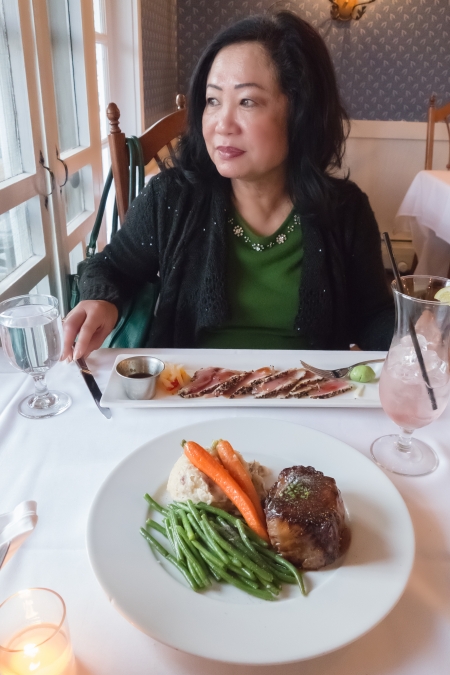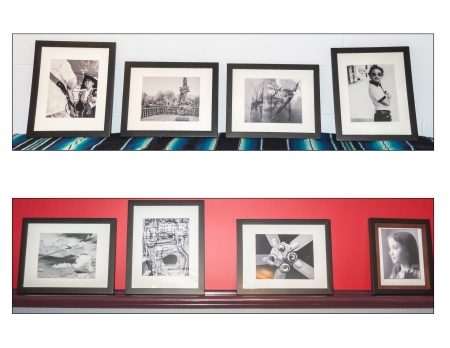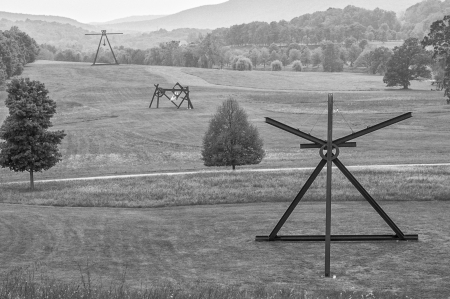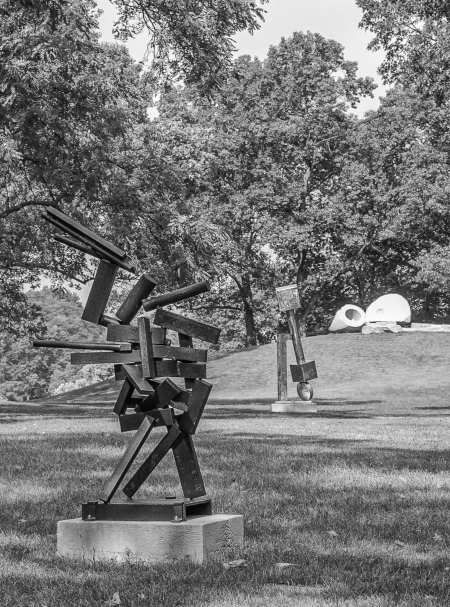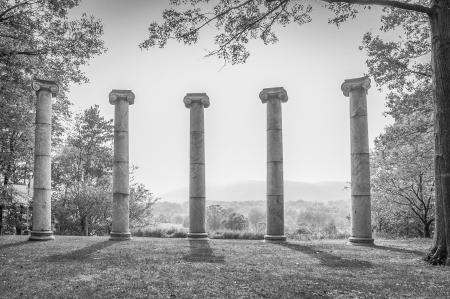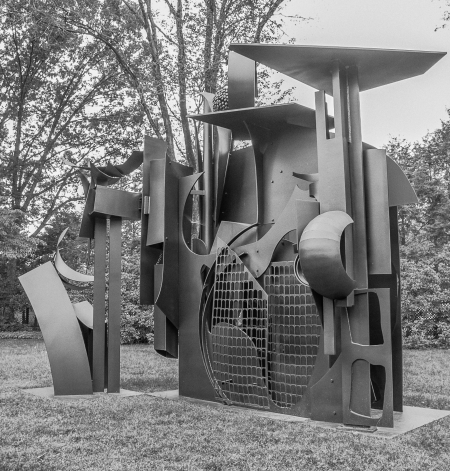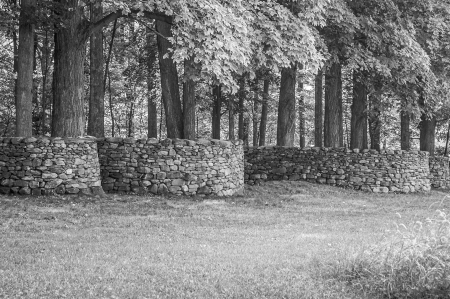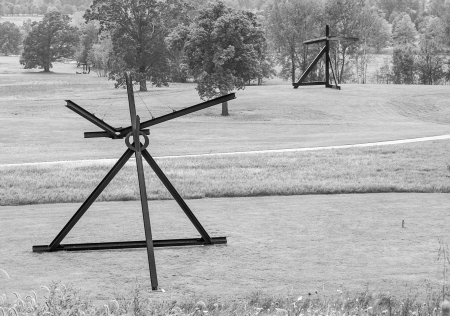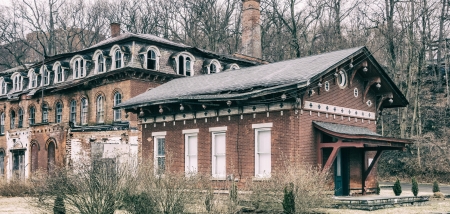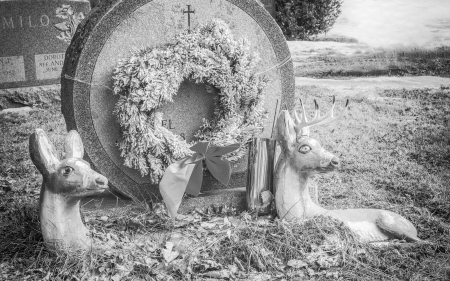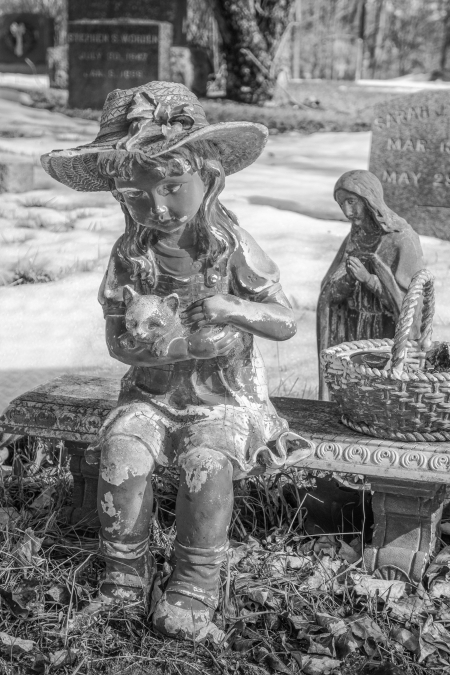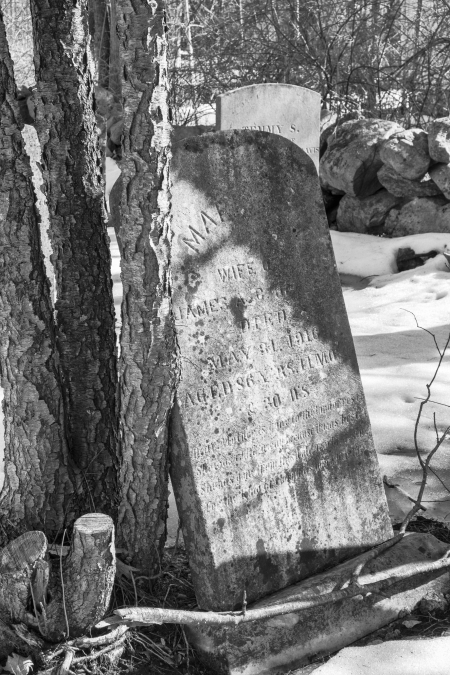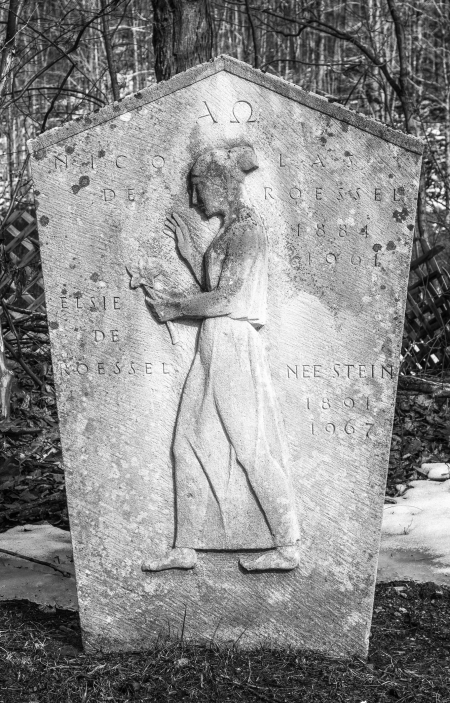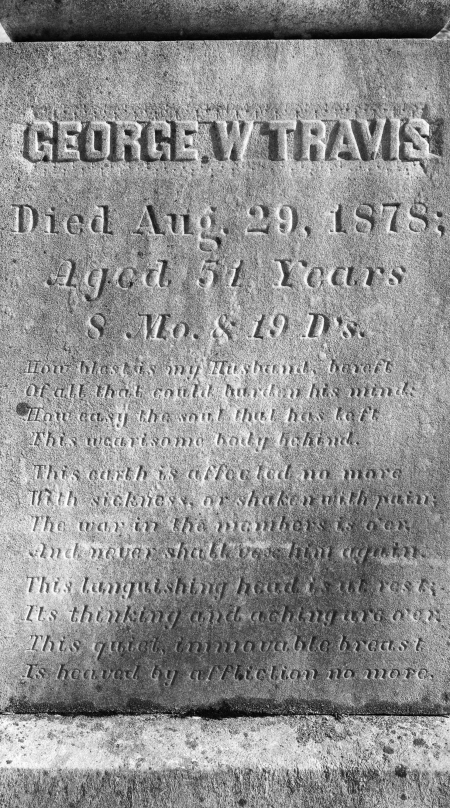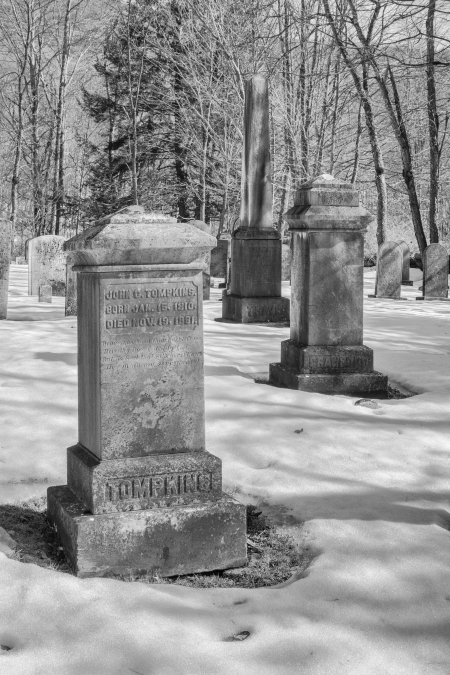Today is my wife’s birthday so we decided to celebrate by having dinner at the Hudson House River Inn in Cold Spring, NY. Its website states:
Built in 1832 and operated as a hotel since then, the Hudson House River Inn is truly part of Hudson River history. The Hudson House is located on the serene waterfront approximately one hundred feet from the Hudson River in the quaint, antique shopping village of Cold Spring. When at the Hudson House you will indulge in breathtaking views of West Point, Storm King Mountain and the majestic Hudson River and mountains. The inn is currently on the National Register of Historic Places. Whether you visit Hudson House River Inn for a long weekend, a romantic dinner for two, or for a private function, we are sure Hudson House will leave a lasting memorable impression.
We arrived just as the sun was going down. It really is a charming place and the food, while not out of this world, was more than adequate.
Wider view of the Hudson House. Our table was right next to one of the windows on the front of the building.
View over the bandstand with the Hudson in the background.
Interior
The birthday girl with her healthy Ahi Tuna sashimi. My less healthy NY strip steak in the foreground.

